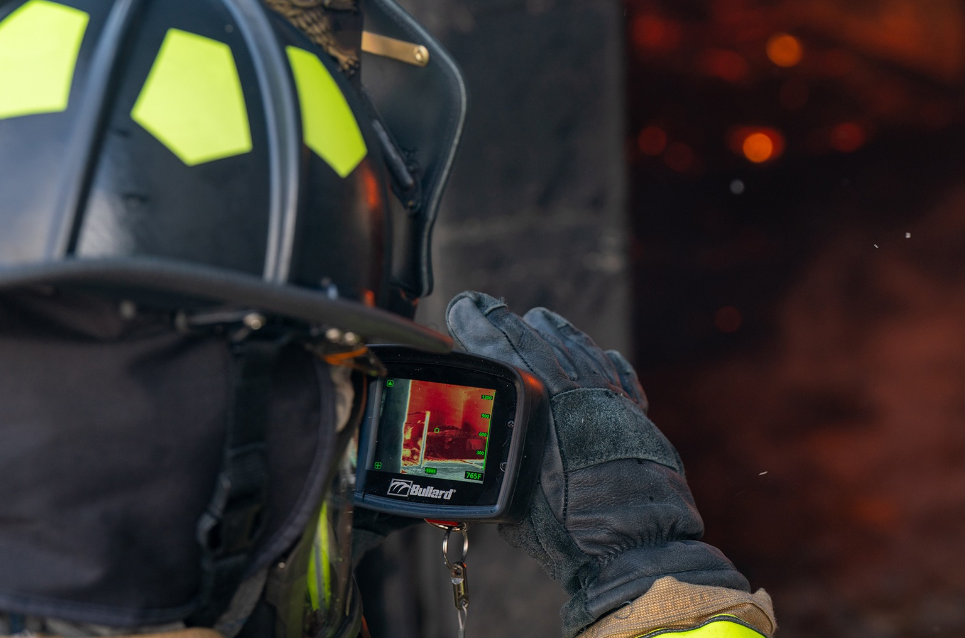
Refresh Rate: What to Look for and Why?
A choppy image can slow you down when seconds count. Learn how refresh rate impacts thermal imaging clarity, movement detection, and firefighter decision-making.
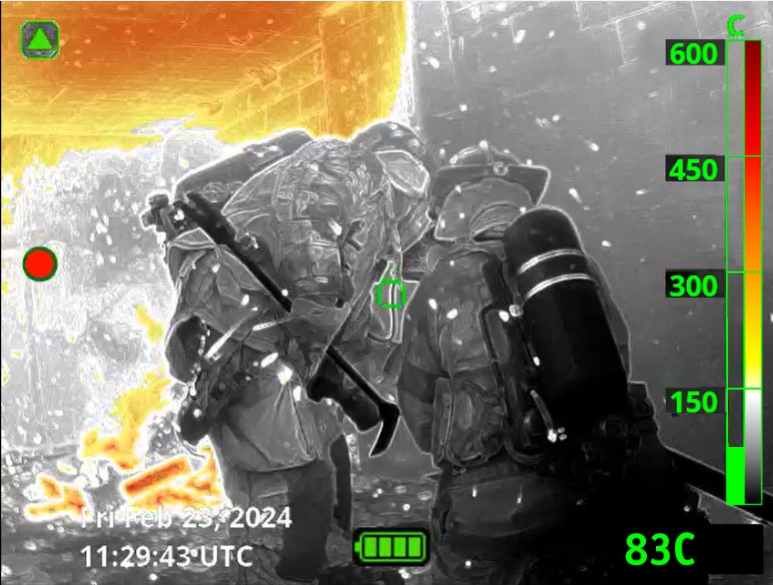
Understanding Resolution in Thermal Imagers
Learn how resolution impacts thermal imaging clarity, decision-making, and safety on the fireground.
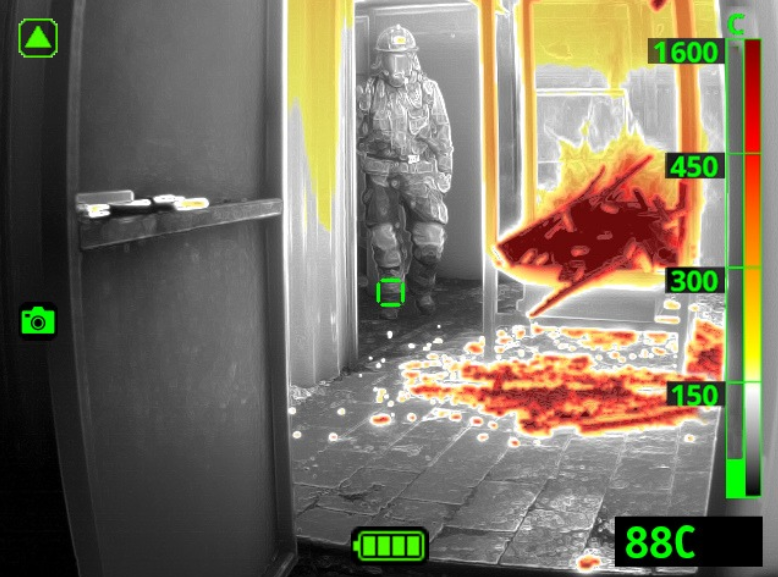
Understanding Optics and Focus in Thermal Imaging
Thermal optics and focus impact how well firefighters can see in extreme conditions. Learn how optics and focus affect image clarity, and best practices to maintain peak performance in your TIC.

How to Compare Image Quality Across Thermal Imager Brands
Learn how resolution, image enhancement, sensitivity, and display quality impact performance—so your department can choose the best tool for the job.
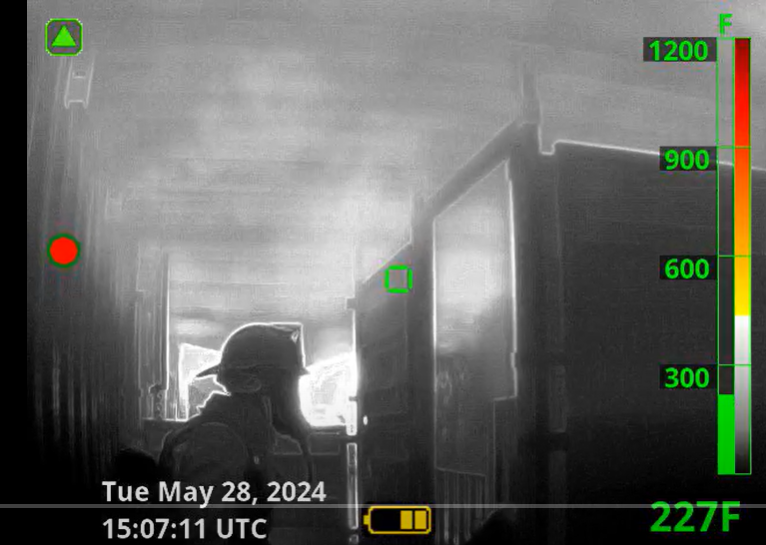
How Thermal Imagers Help Recognize Flow Patterns
Learn how thermal imagers help visualize flow patterns, improve decision-making, and enhance fireground tactics in real time

Display Quality: The Window to Thermal Imaging
From brightness and contrast to viewing angles and durability, find out why display quality plays a crucial role in firefighter safety and decision-making
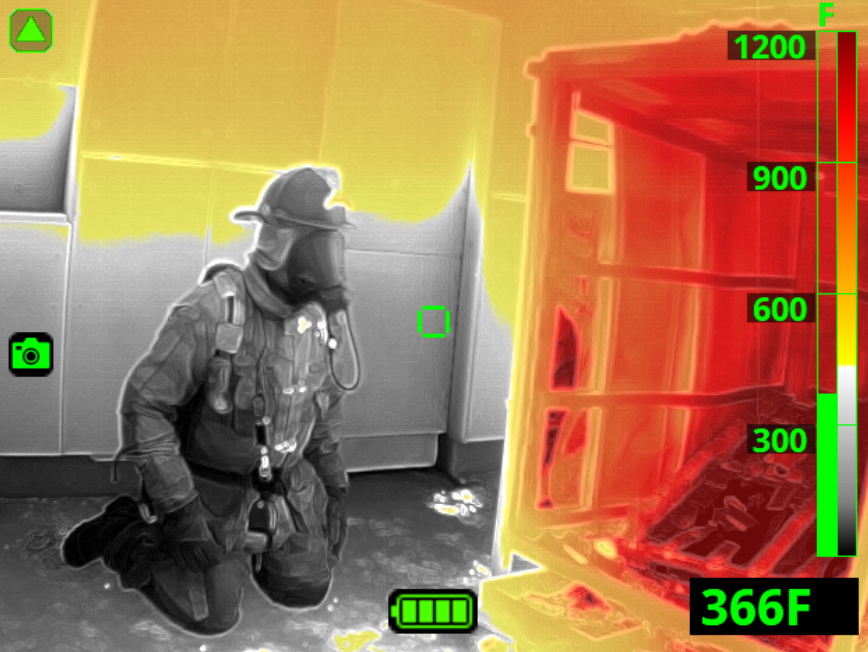
Colorization in Thermal Imaging: A Critical Tool for Firefighting
How and when colorization appears in a thermal imager can impact firefighter safety and decision-making. Should heat zones be highlighted early, or should color be reserved for critical temperatures? Learn how different colorization thresholds affect fireground performance.
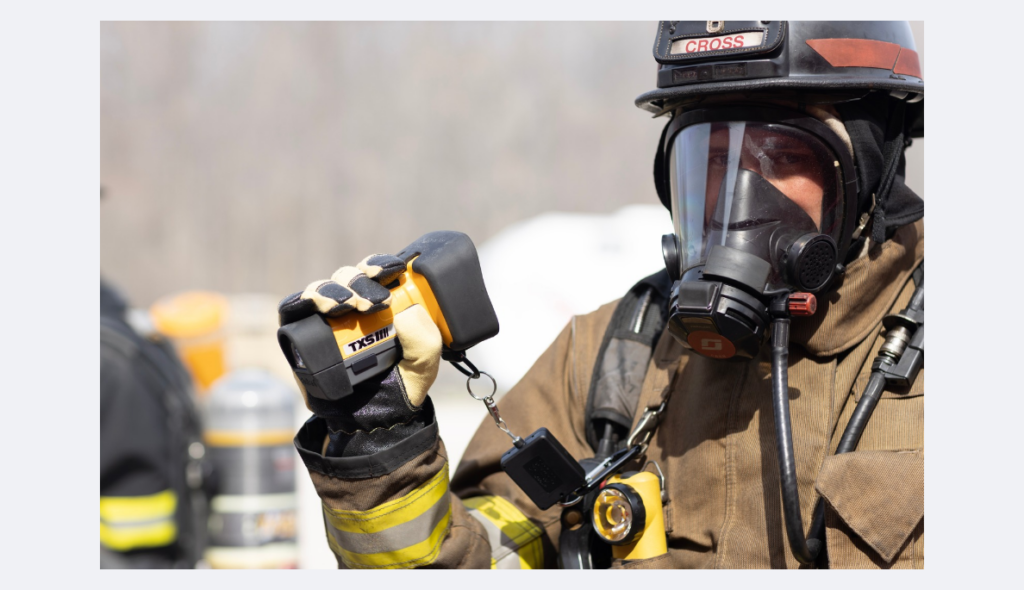
Choosing the Right Thermal Imager Strategy for Your Fire Department
Does every firefighter need a thermal imager, or should you prioritize decision-makers? Learn how to balance budget, safety, and effectiveness with the best TIC deployment strategy for your department.
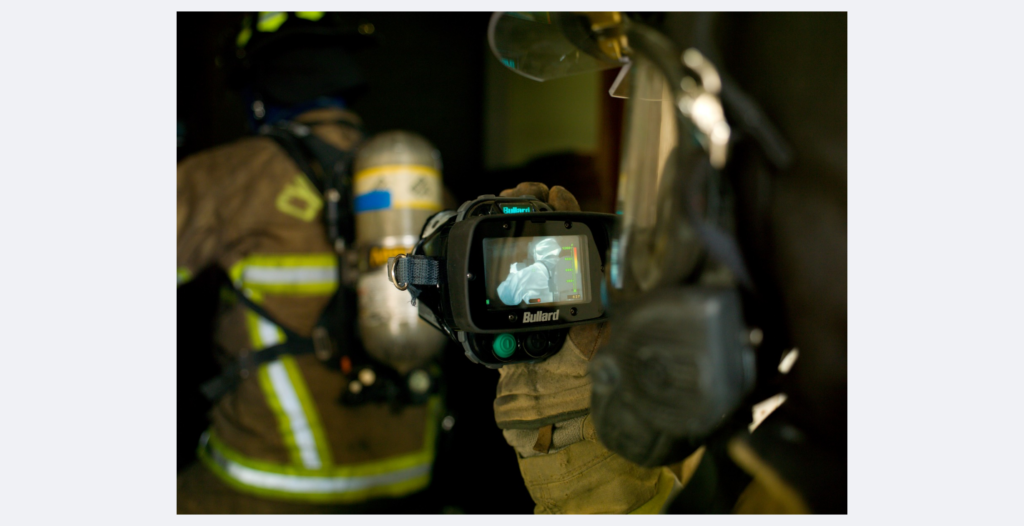
Field of View: Sizes, Dimensions, and Why They Matter for Firefighters
A thermal imager’s Field of View (FoV) determines how much of the scene a firefighter can see—impacting search, rescue, and hazard detection.